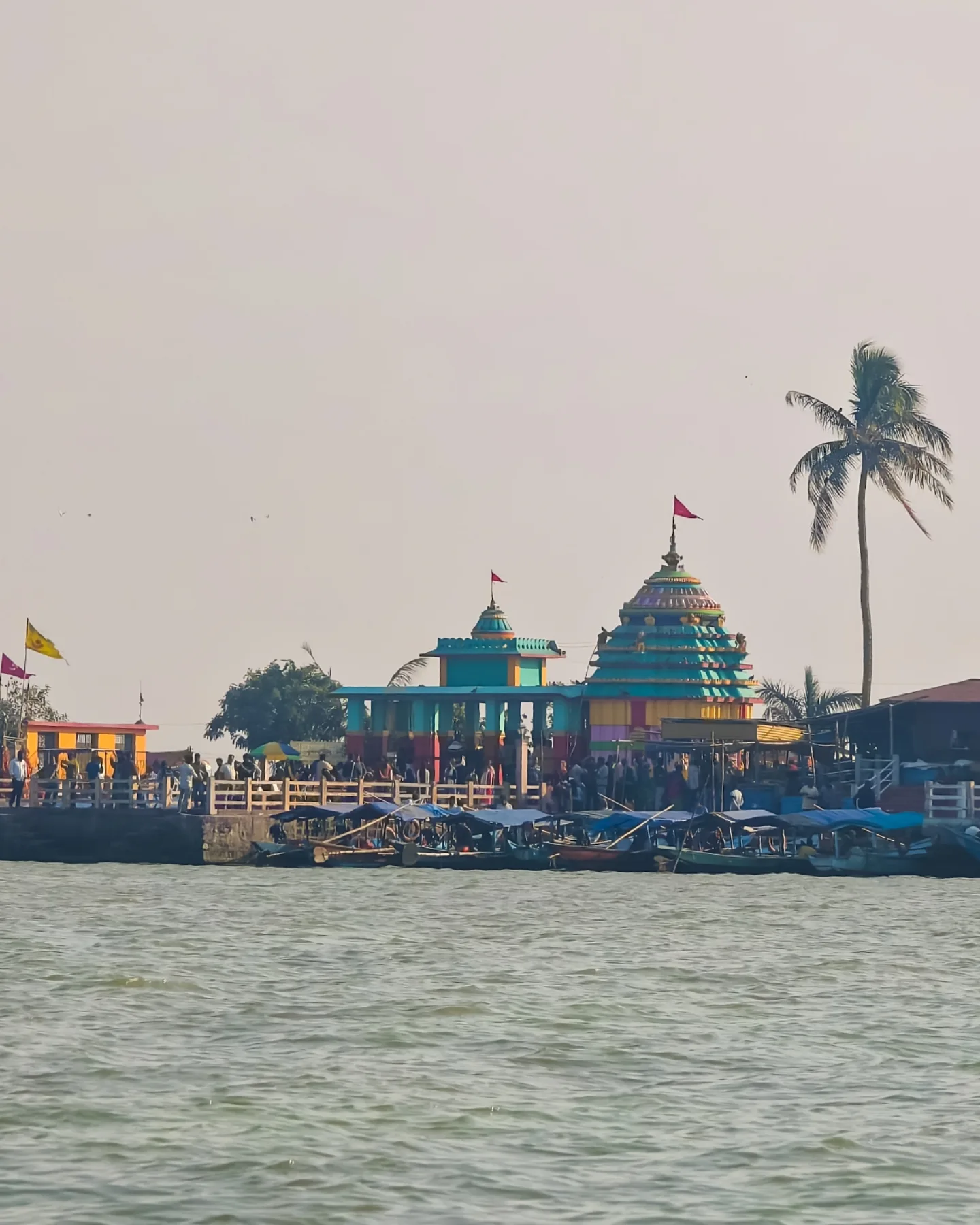Chilika Lake: A Natural Wonder of India
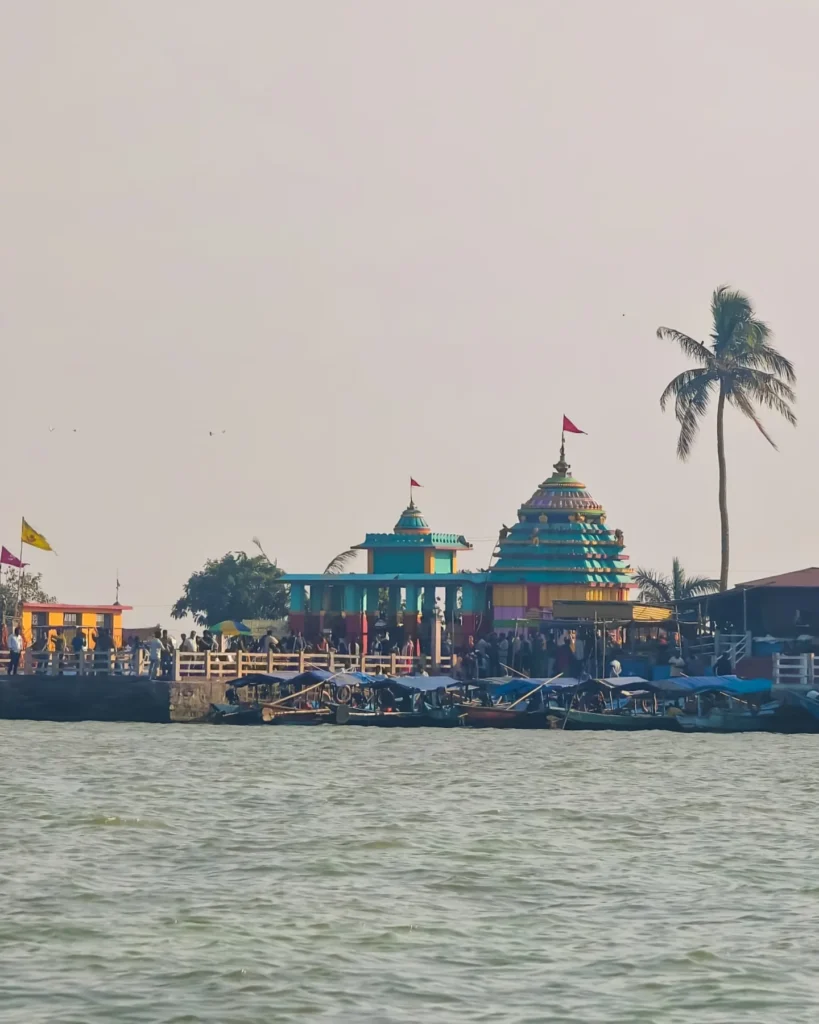
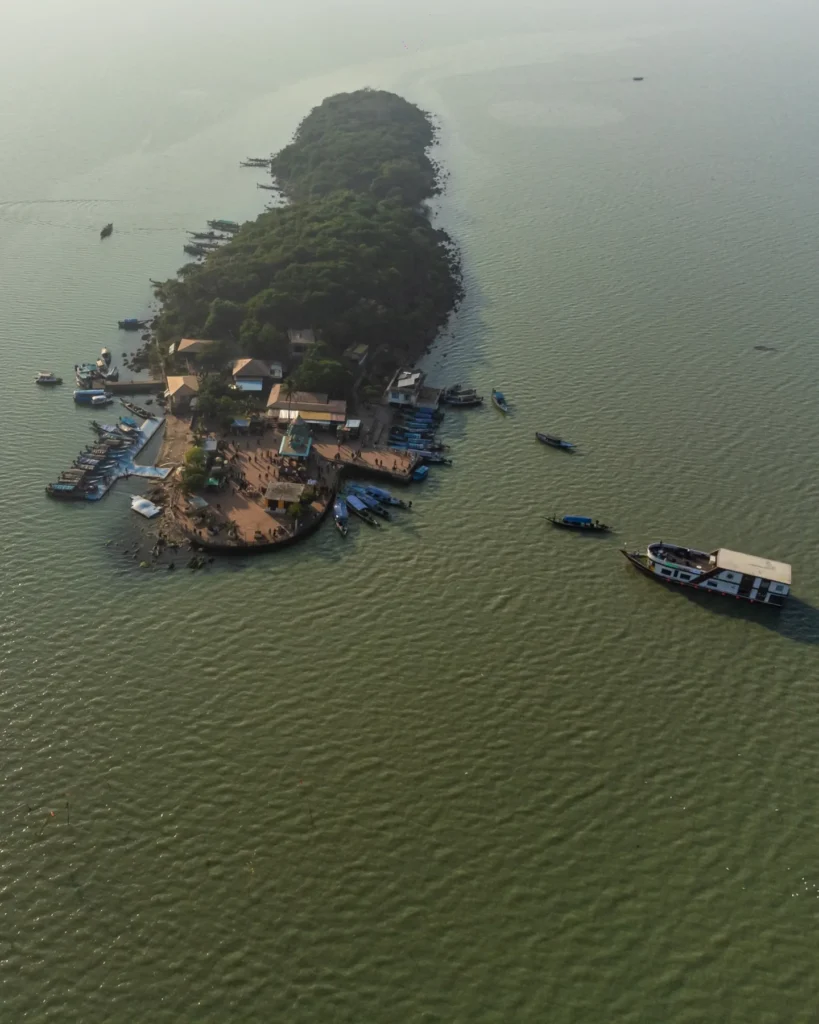
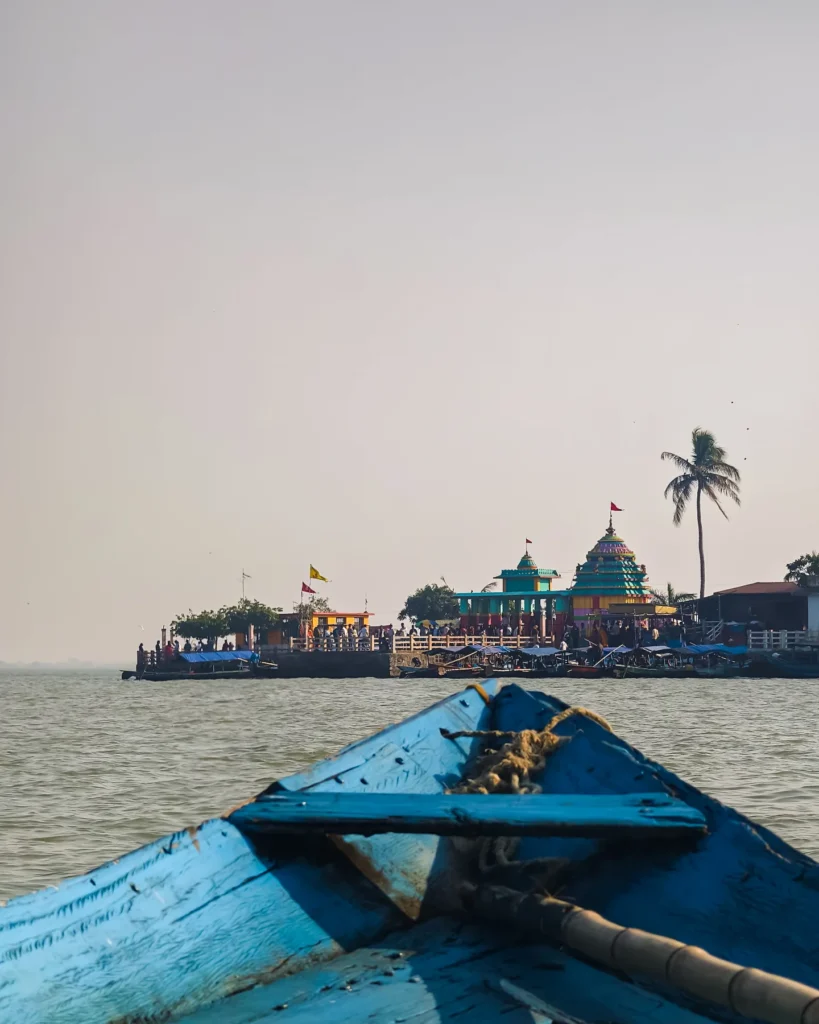
Chilika Lake, the largest coastal lagoon in India and the second largest in the world, is a marvel of nature. Spread across the states of Odisha, it is a vital ecosystem, supporting a rich variety of flora and fauna. This brackish water lagoon covers an area of over 1,100 square kilometers and fluctuates in size with the seasons. Chilika is renowned for its scenic beauty, rich biodiversity, and economic significance, providing sustenance to thousands of fishermen and attracting nature lovers and bird watchers from around the world.
Geographical Features
Chilika Lake lies along the eastern coast of India, bordering the Bay of Bengal. It extends across the districts of Puri, Khurda, and Ganjam in Odisha. The lake is connecting to the Bay of Bengal through a narrow channel, allowing a mix of seawater and freshwater, which contributes to its unique brackish ecosystem. The lake’s depth varies depending on the season, with an average depth of about 2 meters during the dry season and increasing during the monsoon due to heavy rainfall.
Chilika has several small islands, including Kalijai, Honeymoon, Breakfast, and Nalabana, each with its own unique significance. Nalabana Island, for example, is a bird sanctuary, playing a crucial role in the conservation of migratory species.
Biodiversity of Chilika Lake
One of the most remarkable aspects of Chilika Lake is its incredible biodiversity. The lake supports a variety of aquatic life, including over 160 species of fish, crabs, prawns, and mollusks. It is also a crucial habitat for the endangered Irrawaddy dolphins, which are a major attraction for tourists.
Avian Diversity
Chilika Lake is one of the most important wetlands in the world, supporting a massive population of migratory birds. Every winter, birds from as far as Siberia, Russia, Iran, and the Himalayas travel thousands of kilometers to Chilika. These include flamingos, pelicans, herons, ducks, geese, and many other species. The Nalabana Bird Sanctuary, which is submerged during the monsoon and emerges as the water recedes, becomes a paradise for ornithologists during the winter.
Economic and Cultural Importance
Chilika Lake plays a crucial role in the livelihood of local communities. Thousands of fishermen depend on the lake for their daily sustenance, harvesting fish, prawns, and crabs. The lake’s fisheries contribute significantly to the economy of Odisha, providing employment and supporting local markets.
The lake also holds immense cultural significance. The famous Kalijai Temple, dedicated to Goddess Kalijai, is located on an island within the lake. The temple is a major pilgrimage site, drawing thousands of devotees, especially during the annual Makar Sankranti festival.
Tourism and Attractions
Chilika Lake is a popular tourist destination, offering a variety of attractions and activities:
- Boat Rides – Tourists can take boat rides to explore the lake, visit islands, and spot Irrawaddy dolphins.
- Bird Watching – Winter is the best season to witness the breathtaking sight of thousands of migratory birds at Nalabana Bird Sanctuary.
- Kalijai Temple – This temple is a must-visit site, combining spirituality with scenic beauty.
- Satapada – Known for dolphin spotting, Satapada is a key tourist spot on the lake’s northern side.
- Rajhans Island – A picturesque location where the lake meets the Bay of Bengal, offering stunning views and peaceful surroundings.
Environmental Challenges
Despite its natural beauty and economic importance, Chilika Lake faces several environmental challenges:
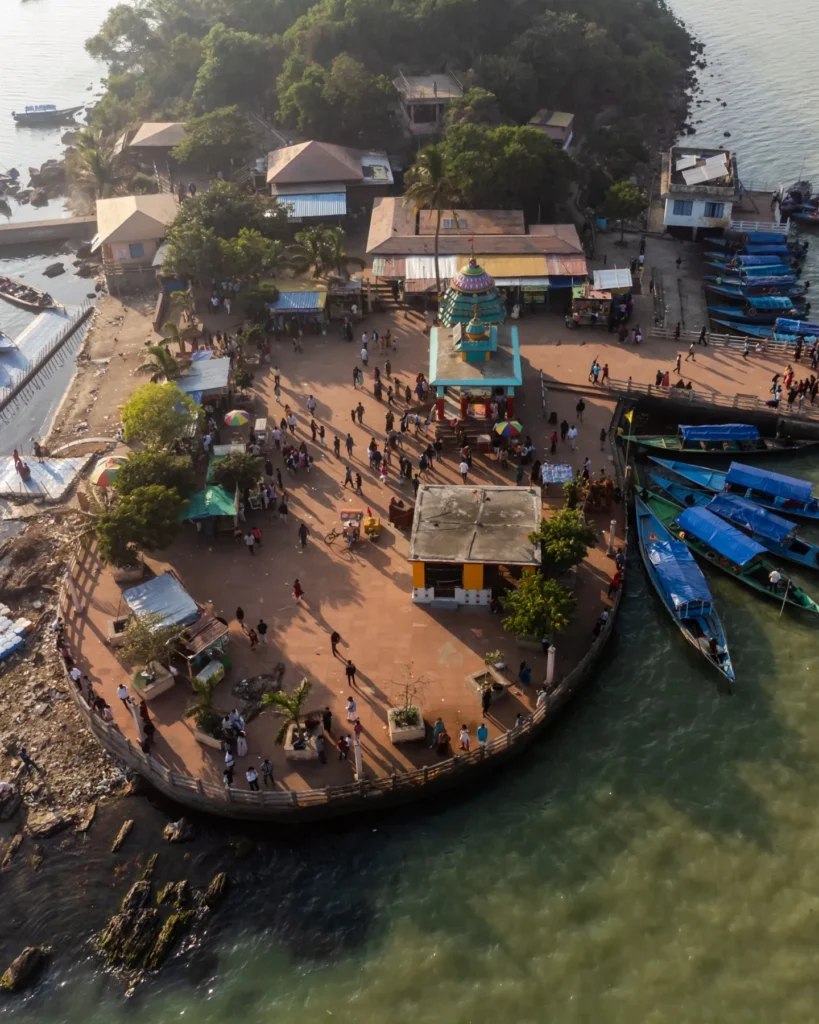
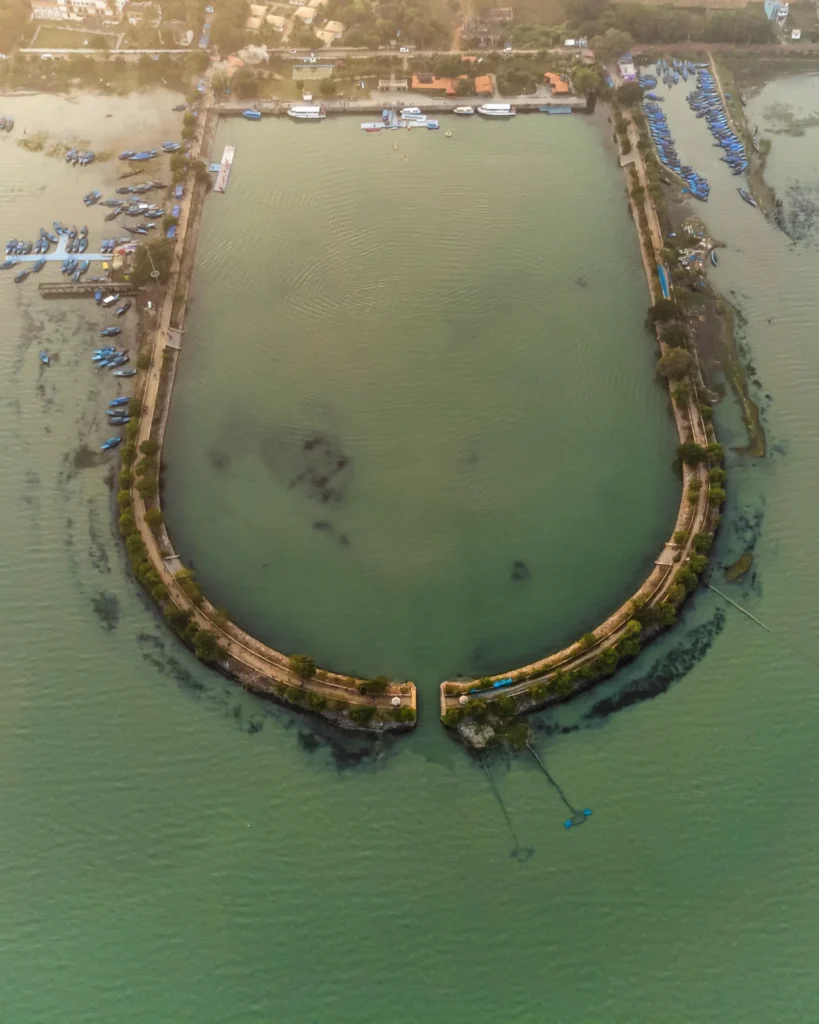
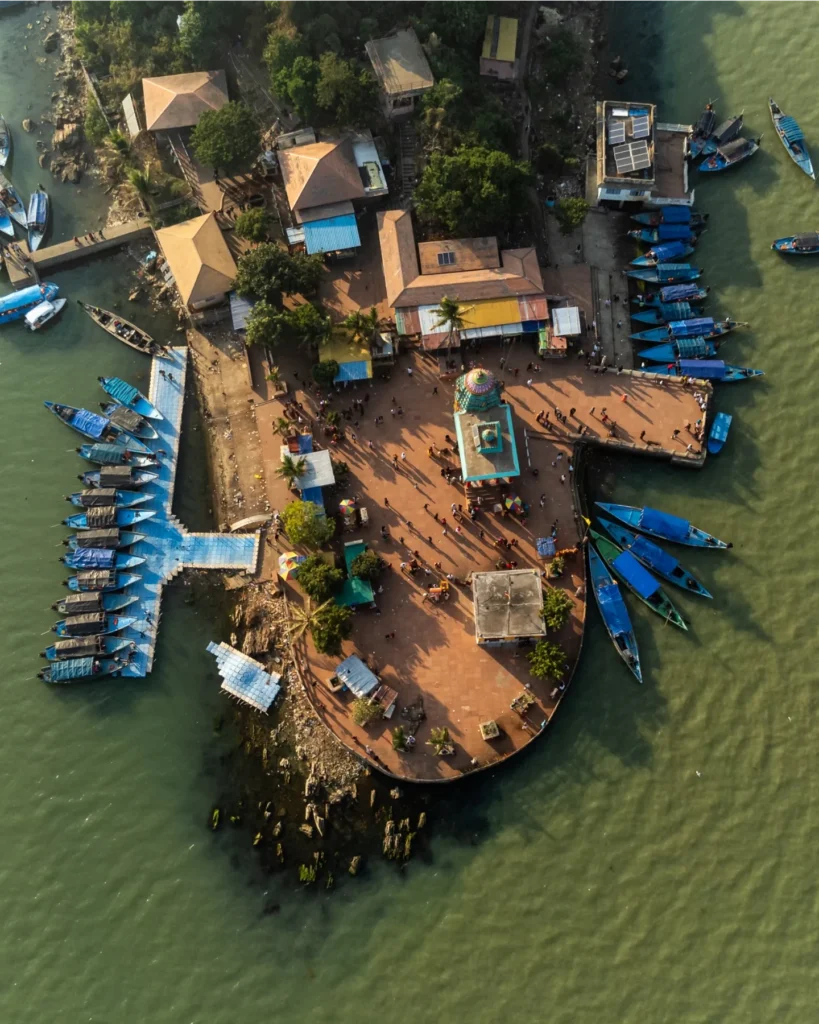
- Siltation and Shrinking Water Area – Due to deforestation and agricultural runoff, the lake is gradually filling up with silt, reducing its depth and water-holding capacity.
- Overfishing and Illegal Aquaculture – Unregulated fishing and shrimp farming have disrupted the lake’s ecological balance.
- Pollution – Agricultural runoff, sewage, and industrial waste have led to water pollution, affecting marine life.
- Climate Change – Rising sea levels and erratic monsoons pose a threat to the delicate balance of the lake’s ecosystem.
Conservation Efforts
Several initiatives have been undertaken to preserve and restore Chilika Lake:
- Chilika Development Authority (CDA) – The CDA actively works on lake conservation, managing hydrological interventions to maintain the lake’s water balance.
- Restoration of the Sea Mouth – A major initiative was the dredging of the sea mouth to improve water exchange with the Bay of Bengal, helping restore the lake’s salinity and fish population.
- Sustainable Fishing Practices – Efforts are being made to regulate fishing activities to protect fish diversity.
- Eco-Tourism Promotion – Authorities are encouraging sustainable tourism to generate revenue while protecting the environment.
- Bird Protection Measures – Sanctuaries like Nalabana have been established to safeguard migratory birds.
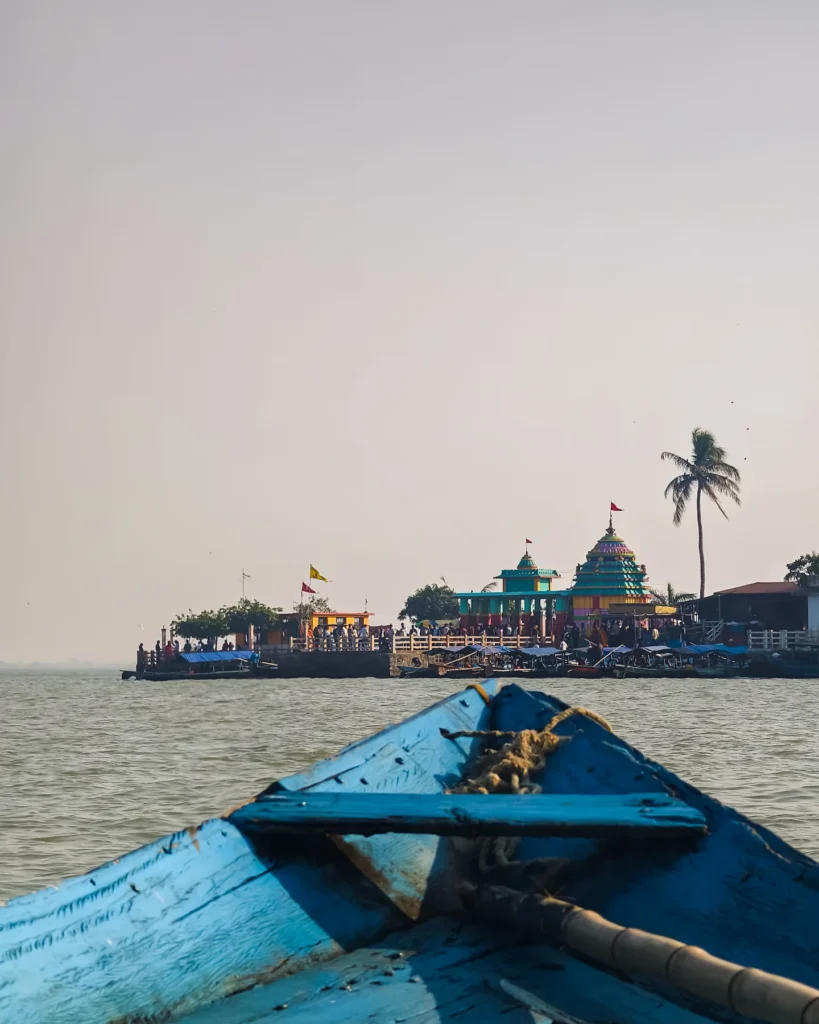
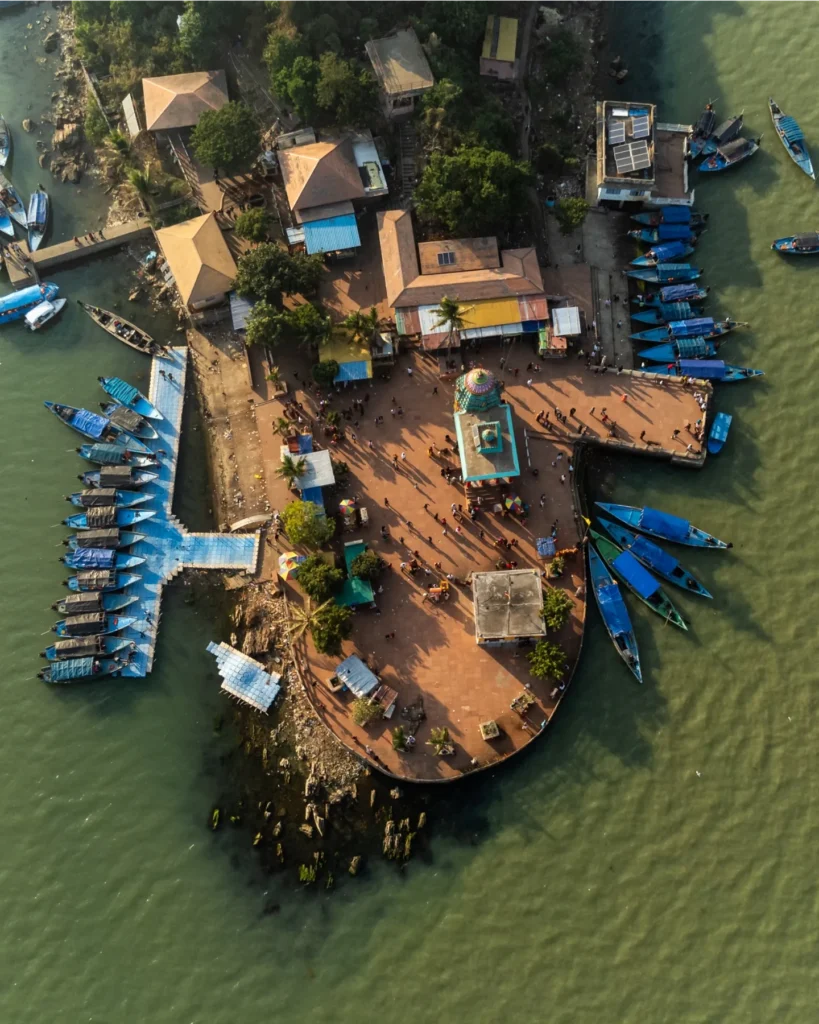
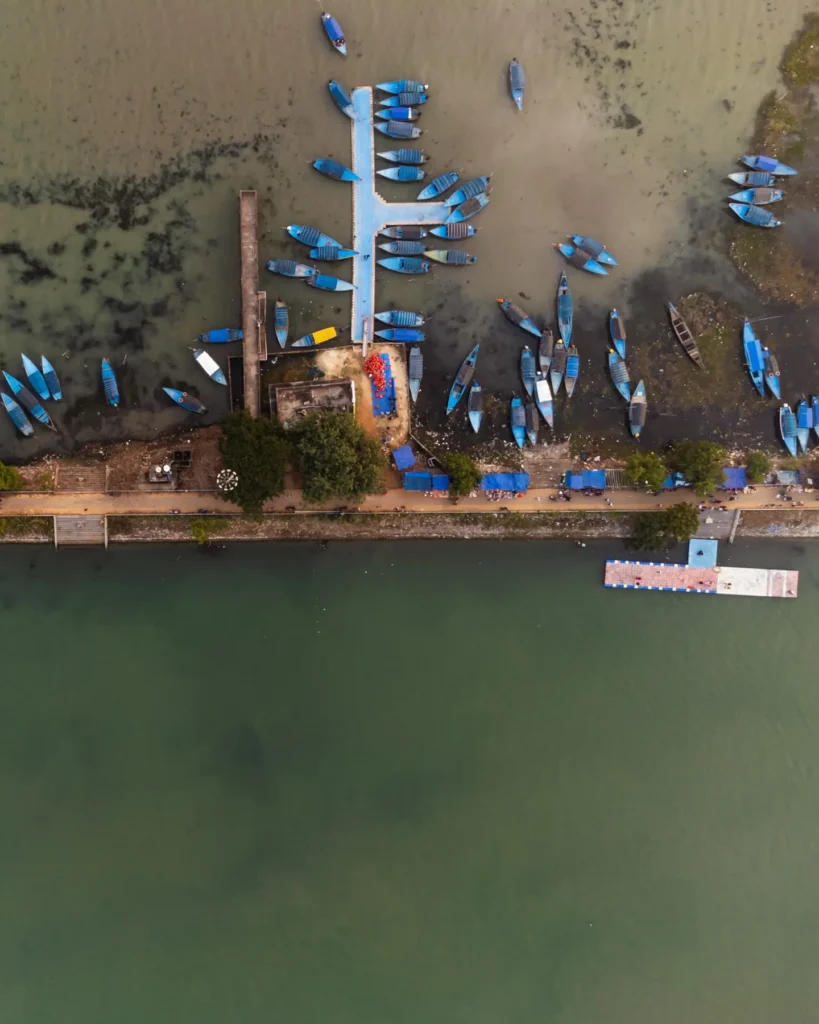
Chilika Lake is not just a geographical feature; it is a lifeline for thousands of people and a haven for biodiversity. Its ecological, economic, and cultural importance makes it one of India’s most precious natural resources. However, growing environmental concerns require urgent attention to ensure that Chilika remains a thriving ecosystem for future generations. Sustainable conservation efforts, responsible tourism, and local community participation are crucial to maintaining the delicate balance of this extraordinary lagoon.
Other Tourist Places
Patora Dam and Yogeshwar Temple Nuapada
Follow our Facebook Page
